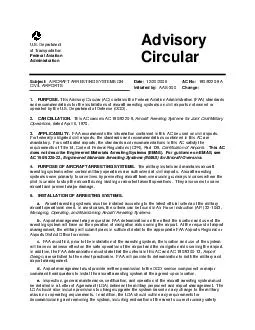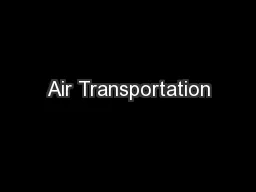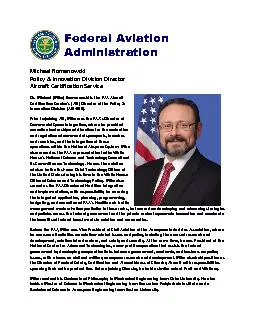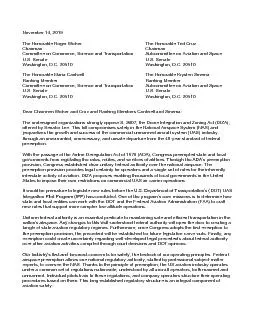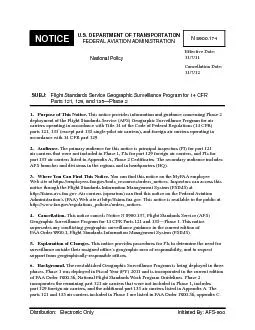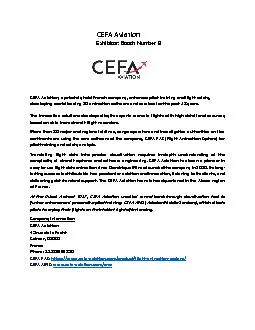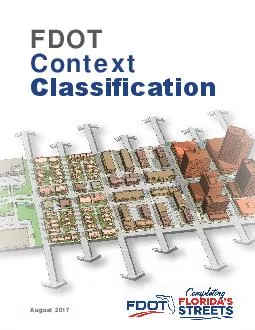PDF-US Department of Transportation Federal Aviation Admin
Author : tatyana-admore | Published Date : 2015-04-30
S Department of Transportation Federal Aviation Administration Advisory Circular Subject AIRCRAFT ARRESTING SYSTEMS ON CIVIL AIRPORTS Date 12202006 Initiated by
Presentation Embed Code
Download Presentation
Download Presentation The PPT/PDF document "US Department of Transportation Federal ..." is the property of its rightful owner. Permission is granted to download and print the materials on this website for personal, non-commercial use only, and to display it on your personal computer provided you do not modify the materials and that you retain all copyright notices contained in the materials. By downloading content from our website, you accept the terms of this agreement.
US Department of Transportation Federal Aviation Admin: Transcript
Download Rules Of Document
"US Department of Transportation Federal Aviation Admin"The content belongs to its owner. You may download and print it for personal use, without modification, and keep all copyright notices. By downloading, you agree to these terms.
Related Documents

